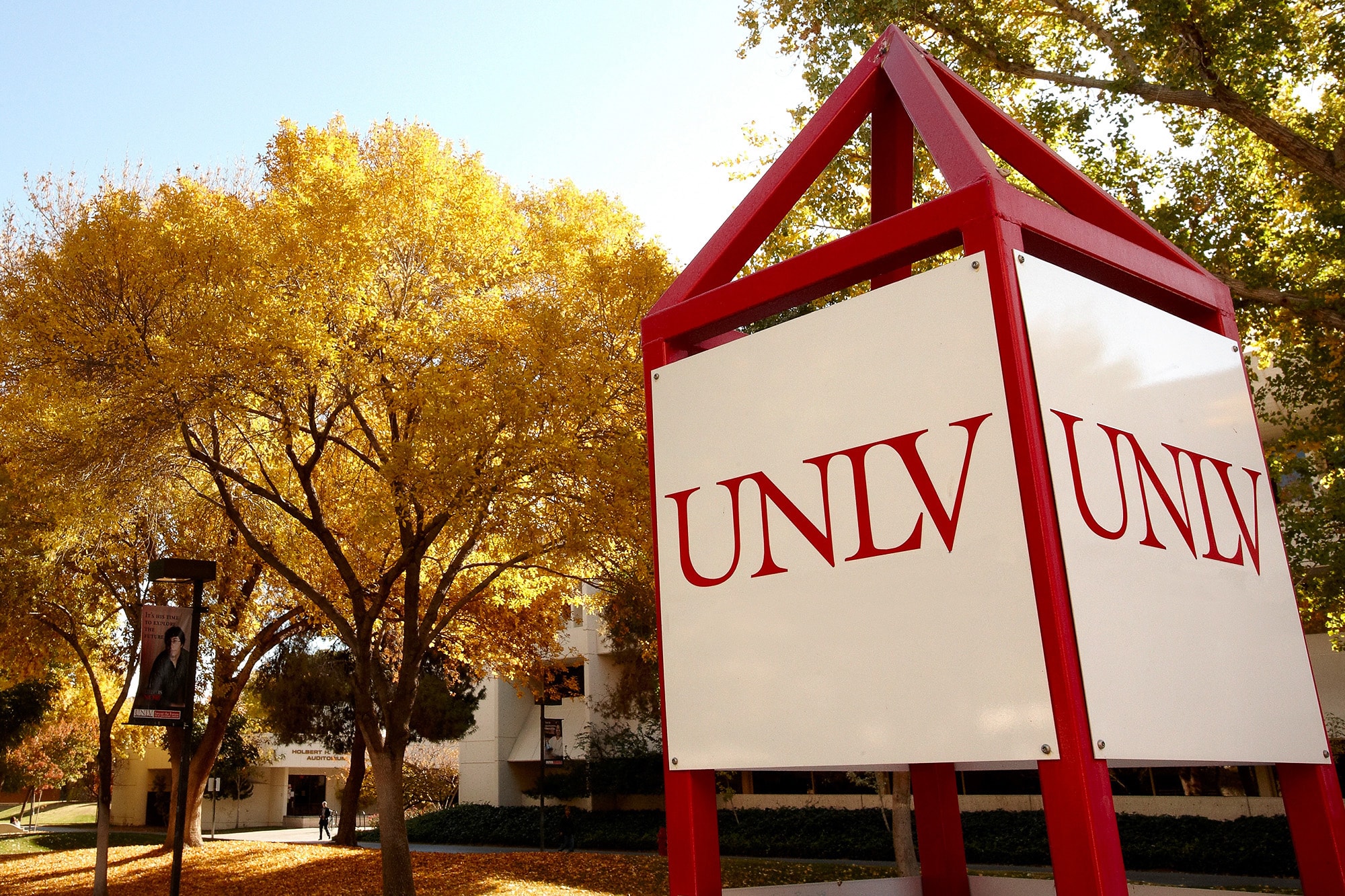The cost of attending UNLV continues to be a bargain when judged against tuition at comparable universities and colleges both regionally and nationally.
When the undergraduate tuition at UNLV is compared with the tuition at peer institutions both in the West and across the country using figures provided by the recently released College Board Annual Tuition Survey, two things are clear:
* Tuition at UNLV is less than it is at most of its peer schools.
* The percentage of increase in tuition between the last school year and this year was less at UNLV than at most of the other institutions.
The cost of carrying a full load of 30 undergraduate credits per year at UNLV for 1995-96 is $1,830. The average cost of tuition for the same number of credits at comparable schools in the West is $2,335 -- a difference of $505. At peer institutions across the nation, the average cost for the same number of credits is $2,793 -- a difference of $963.
Figures reflecting percentage increases tell a similar tale.
At UNLV tuition increased 5.2 percent from the 1994-95 school year to the 1995-96 year. At the same time, tuition at comparable schools in the West went up an average of 5.9 percent. Meanwhile, tuition at peer institutions across the nation rose an average of 5.5 percent.
Both the regional and national schools used for the tuition comparison are universities that UNLV generally uses for comparisons, said Kari Coburn, UNLV's director of institutional analysis and planning, who analyzed the figures in The College Board survey.
The national institutions used by UNLV for comparison purposes are schools that are, in many ways, similar to UNLV, Coburn said. Such factors as enrollment figures, undergraduate program offerings, the availability of master's and doctoral programs, and whether the schools are publicly funded are considered, she said. Also, a number of the schools chosen are located in urban areas and have significant numbers of commuter students.
The regional schools used for comparisons also have many similarities to UNLV, such as program offerings, Coburn said. Additionally, they must be public rather than private. Comparing UNLV to regional schools is useful because of some regional similarities, such as cost of living, she explained.
Of the 11 comparable regional institutions that were compared with UNLV, nine are charging more for undergraduate tuition than UNLV this academic year, while two are charging less. At the upper end of the scale were schools such as the University of California at Irvine, Portland State University in Oregon, and the University of Nebraska at Lincoln, while those schools charging less than UNLV were the University of Idaho and the University of Texas at Arlington. Those coming closest to UNLV in cost were Northern Arizona University and the University of New Mexico at Albuquerque.
Of the 21 national peer institutions compared to UNLV, 19 are charging more than UNLV, while two are charging less. Those at the upper end of the scale were George Mason University in Virginia, Kent State University in Ohio, and Old Dominion University in Virginia. Those charging less than UNLV were the University of Texas at Arlington and Florida International University. Those coming closest to UNLV in cost were the University of Central Florida and Florida International.



